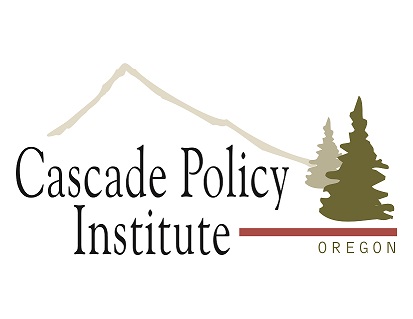
Preserving Farmland Without Farmers
Since 1969, Oregon has pursued a stated policy objective of preserving farmland. Oregonians have paid dearly for this commitment. Rural landowners have lost important property rights and seen their land values plummet as a result. Housing costs are unnecessarily high across the state due to the artificially high prices for developed and buildable land.
The state has endured three decades of fierce battles over property rights and allowable land uses. Oregon’s land use policies have been the subject of one legislative session after another, along with three successful citizens’ initiatives. Measure 7 in 2000 and Measure 37 in 2004 were both designed to force government to pay compensation for financial losses due to land use regulations, or waive those regulations. Measure 39, passed in November 2006, prevents government from using its power of eminent domain to seize the private property of one individual and turn it over to another, even if compensation is offered.
During the campaigns leading up to Measures 7 and 37 opponents regularly asserted that the cost of compensation would bankrupt the state and local governments, thus indirectly giving Oregonians some idea of the huge financial losses property owners had endured as a result of the state’s laws.
While Measure 37 has the potential to offer some relief, it has several drawbacks as a property rights solution. Because it only applies to landowners who had ownership at the time regulations were imposed, many property owners remain adversely affected by land use laws. Further, by removing restrictions on select properties while retaining controls elsewhere, there is enormous pressure to develop those properties regardless of other factors such as farmland quality. Additionally, submitting a Measure 37 claim is a burden on property owners, while the process of reviewing and deciding claims is a substantial burden on local governments.
Perhaps the best thing to come of Measure 37 is that it has forced the state to review its land use policies in earnest. In 2005, the Oregon Legislature passed Senate Bill 82, calling for the creation of the Oregon Task Force on Land Use Planning. Known informally as “The Big Look,” the task force is charged with making a broad review of land use policies and offering recommendations.
As the Big Look task force evaluates Oregon’s policies, there is one inescapable fact it will have to deal with: Farmland will remain threatened as long as farmers themselves are threatened. That is, if Oregonians cannot make a living at farming, no amount of legislative decrees will overcome the long-term pressure to develop farmland for more profitable uses.
About Cascade Policy Institute: Founded in 1991, Cascade Policy Institute is Oregon’s premier policy research center. Cascade’s mission is to explore and promote public policy alternatives that foster individual liberty, personal responsibility and economic opportunity. To that end, the Institute publishes policy studies, provides public speakers, organizes community forums and sponsors educational programs.
Cascade Policy Institute is a tax-exempt educational organization as defined under IRS code 501(c)(3). Cascade neither solicits nor accepts government funding and is supported by individual, foundation and business contributions. Nothing appearing in this document is to be construed as necessarily representing the views of Cascade or its donors, or as an attempt to aid or hinder the passage of any bill before any legislative body. The views expressed herein are the author’s own. Copyright 2007 by Cascade Policy Institute. All rights reserved.










